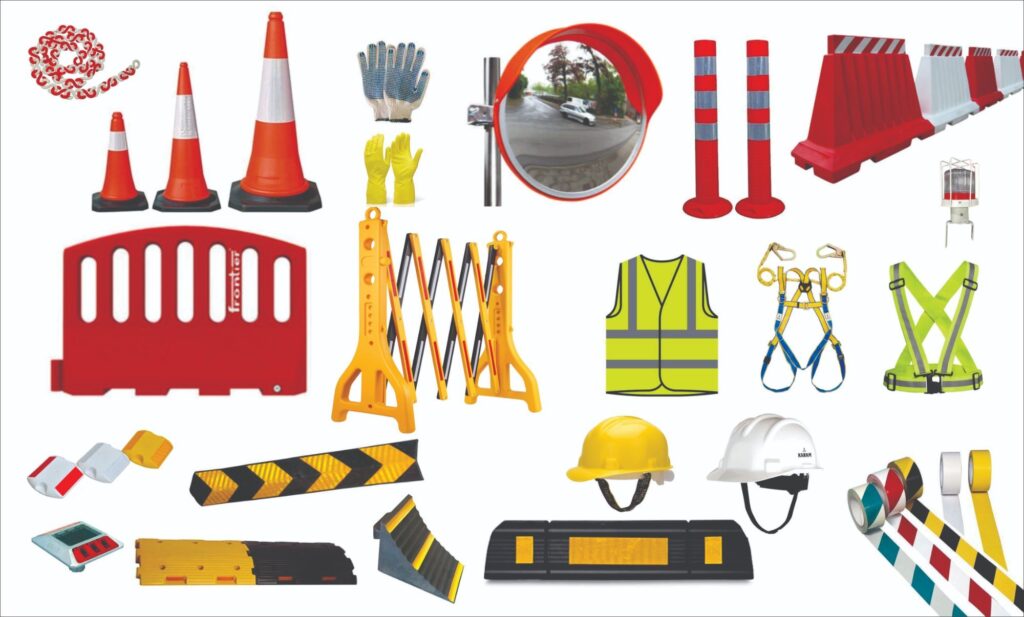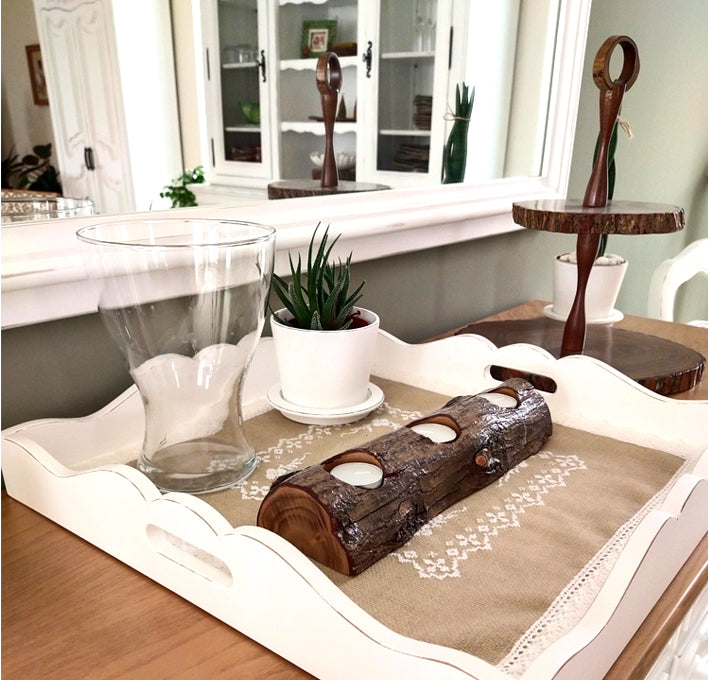
Road safety is a critical aspect of modern society, aimed at reducing the number of accidents and ensuring that drivers, passengers, and pedestrians remain safe while on the road. As roads become busier and vehicle speeds increase, there is a growing need for effective safety measures to prevent accidents and minimize harm. This is where road safety products come into play. These products are designed to mitigate the risks associated with road travel, offering solutions that enhance visibility, protect vulnerable road users, and improve the overall safety infrastructure. Flood Protection Barrier.
In this article, we will explore the variety of road safety products available today, their uses, and how they contribute to road safety. We will cover products for both drivers and pedestrians, as well as infrastructure improvements that help create a safer road environment.
1. Reflective Road Signs
Reflective road signs are among the most essential safety tools for managing traffic and conveying important information to drivers. These signs are designed to reflect headlights, making them visible even in low-light conditions or during the night. Reflective road signs come in various forms, including speed limit signs, caution signs, stop signs, and directional signs.
They are typically made from materials that reflect light, such as retroreflective sheeting, which bounces light back toward its source, enhancing visibility and safety. In addition to improving driver awareness, reflective road signs also contribute to reducing accidents caused by unclear or invisible road warnings, especially in areas with poor lighting or foggy conditions.
2. Road Markings and Lane Dividers
Lane markings and road markings are crucial elements of road safety products that help in traffic control and guidance. They are typically painted on the road surface to delineate lanes, indicate pedestrian crossings, or designate areas where vehicles should stop. These markings help prevent accidents by maintaining order and preventing vehicles from swerving into dangerous zones.
Lane dividers, which can be physical barriers like concrete walls or flexible plastic poles, serve to separate lanes and prevent vehicles from crossing into opposing traffic. These products are especially important in areas with high-speed traffic or where sudden lane changes may be dangerous.
3. Traffic Cones and Barriers
Traffic cones are widely used to direct traffic, close off dangerous areas, or warn drivers of hazards on the road. They are typically made from flexible, lightweight materials that allow them to be easily placed and moved. In construction zones or accident-prone areas, traffic cones help to divert traffic and protect both workers and drivers.
Barriers, whether temporary or permanent, are another road safety product commonly used to separate lanes of traffic, prevent vehicles from entering hazardous zones, or secure construction sites. These barriers are designed to be robust and, in some cases, even crash-resistant to absorb impact and reduce the severity of collisions.
4. Pedestrian Safety Products
Pedestrians are one of the most vulnerable groups on the road, and several products are designed to protect them and ensure their safety. These include:
- Pedestrian Crosswalk Signals: Crosswalk signals equipped with timers and sound alerts help pedestrians safely navigate busy intersections. These signals are usually paired with warning signs, such as "Pedestrian Crossing," and are equipped with lights to indicate when it is safe to cross the road.
- Pedestrian Barricades: These barriers are often used to separate pedestrians from traffic, ensuring that foot traffic is kept safe from vehicles. Commonly seen in busy areas like airports, stadiums, and shopping centers, pedestrian barricades help guide people away from roads and traffic lanes.
- High-Visibility Clothing: Pedestrians can increase their visibility by wearing reflective vests, clothing, or accessories, especially in poorly lit areas or during nighttime. These safety garments are often worn by workers, cyclists, and even pedestrians in high-traffic zones to improve visibility and reduce accidents.
5. Speed Bumps and Speed Humps
Speed bumps and speed humps are physical road safety products designed to slow down vehicles in areas with high pedestrian traffic or where accidents are more likely to occur. Speed bumps are short and steep, requiring drivers to slow down significantly, while speed humps are longer and less severe.
Both types of speed-reducing products are commonly found in school zones, residential areas, and parking lots. By forcing vehicles to slow down, they help prevent accidents and reduce the severity of injuries in the event of a collision.
6. Traffic Lights and Warning Signals
Traffic lights are one of the most common and effective ways to control the flow of traffic and prevent accidents at intersections. These signals, with their red, yellow, and green lights, ensure that vehicles and pedestrians follow a set pattern, reducing the chances of accidents caused by confusion or miscommunication.
In addition to standard traffic lights, various warning signals are used to inform drivers of potential hazards. For example, flashing lights may be used to alert drivers to the presence of school zones, railway crossings, or dangerous curves. These products increase awareness and help mitigate risks in high-risk areas.
7. DUI Checkpoints and Alcohol Safety Products
Driving under the influence (DUI) is a leading cause of road accidents, and DUI checkpoints are an important tool for ensuring drivers do not get behind the wheel while intoxicated. These checkpoints, which often include breathalyzer tests, aim to deter impaired driving and reduce the number of accidents caused by alcohol or drugs.
In addition to roadside checkpoints, there are also personal breathalyzers that individuals can use to test their own blood alcohol levels before driving. These products are crucial in promoting responsible driving and reducing DUI-related accidents.
8. Vehicle Safety Products
For those behind the wheel, various safety products are available to increase protection in the event of a crash. Some of these products are built into the vehicle, while others are optional add-ons that drivers can install to further protect themselves and their passengers. Key vehicle safety products include:
- Seat Belts and Airbags: These are standard safety features in almost all vehicles today. Seat belts help secure occupants during sudden stops or crashes, while airbags deploy to cushion the body from impact.
- Crash Barriers and Bumpers: Vehicle bumpers and crash barriers are designed to absorb the energy from impacts, reducing the severity of collisions.
- Blind Spot Detection and Lane Departure Warning Systems: These modern technologies use sensors and cameras to alert drivers when there is a vehicle in their blind spot or if they are unintentionally drifting out of their lane.
9. Road Safety Education and Awareness Products
In addition to physical products, road safety awareness is equally important. Road safety education products, such as books, posters, and educational programs, help inform the public about the importance of safe driving and pedestrian behavior. Campaigns often focus on issues like seatbelt use, distracted driving, and the dangers of speeding.
These awareness initiatives play a crucial role in changing behavior and preventing accidents by encouraging responsible actions from road users.
10. Road Safety for Cyclists
Cyclists face unique challenges on the road, and several safety products are designed to protect them. These include:
- Bike Helmets: Wearing a helmet significantly reduces the risk of head injuries in the event of an accident.
- Reflective Gear and Lights: Cyclists can improve their visibility by using reflective clothing or attaching lights to their bikes. These products help cyclists stay visible, especially in low-light conditions or at night.
- Dedicated Bike Lanes and Barriers: In urban areas, separate bike lanes and physical barriers provide cyclists with a safer space away from vehicular traffic.
Conclusion
Road safety products are indispensable for creating safer roads and protecting those who use them. From reflective signs and lane dividers to pedestrian safety measures and vehicle protection systems, these products work in tandem to reduce the risk of accidents and save lives. Road safety is a shared responsibility, and the use of these products can significantly enhance safety for all road users. Investing in road safety infrastructure and products is not just a legal requirement but a moral imperative to ensure that everyone, whether driving, walking, or cycling, can travel safely.
4o mini



